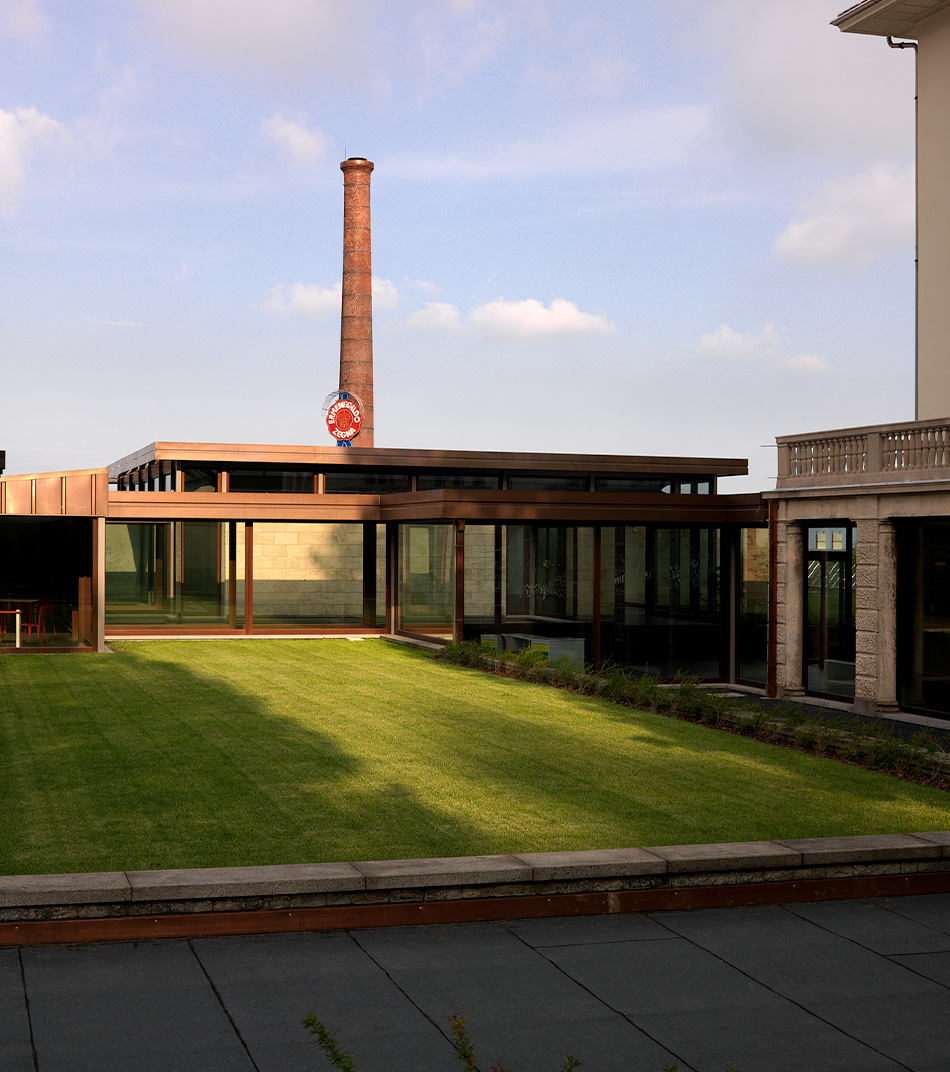On the occasion of the Porcinai exhibition – “Pietro Porcinai in Trivero: gardens and landscape between public and private” – we interviewed one of its curators, Prof. Luigi Latini, chairman of the Pietro Porcinai Association.
In what ways has the design of Trivero’s gardens made them “unique”?
Every garden is unique in some way: Trivero’s are special because they embody both Porcinai’s own ecological and environmental sensibilities and Ermenegildo Zegna’s social mission: the landscape is not only an aesthetic or celebratory object but also a living place. Porcinai also elaborated a new language by embracing the aesthetic of the “modern” garden, which dialogues with social change, and extensively developing Ermenegildo Zegna’s thinking. In this context, Porcinai’s work was on two levels: on one it sought to enhance the harsh and rugged character of Trivero’s mountains, and on the other it stressed the importance of comfort, as in the winter gardens, thus expressing a dualism that was an aspect of his client’s nature, and which was further developed in the private gardens of Ermenegildo Zegna’s sons Aldo and Angelo.
In interpreting the personality of his clients Porcinai was an acute psychologist. How is this reflected in his gardens?
Landscape architects must be able to interpret the character of their clients because what they deliver, a garden, is work in progress. Porcinai immediately understood the Zegna family’s taste for understatement and used the same approach in constructing gardens that are highly sophisticated, even though seeming very simple and based on views of the existing landscape.
What sort of dialogue is there between the mountains and gardens of Trivero?
In relation to the major works by Ermenegildo Zegna and his reclamation of the landscape, Porcinai’s projects both upgraded the workplace and addressed aspects of social life. The mountains are the connective tissue in which different environments border on one another, in harmony. His designs for employee housing, leisure facilities and memorials were not intended to impose new patterns but to point up the relationships between the already existing natural elements and new constructions.
After 50 years or more, what state of health are the plants in?
Rather state of health I’d say it was a question of age: 50 years on we should be happy with the choices of trees Porcinai made on the basis of his thorough analysis of species identified in the alpine habitat. He was not dogmatic in this and always felt free to use trees of exotic origin as well. As for the shrubs, which were planted to more complex plans, they have obviously outgrown the original design by far, so new plantings would now be required, given the architect’s original intention is no longer evident.
The exhibition also has some designs for buildings. Is this something he only did in Trivero?
Trivero is very special, and for Ermenegildo Zegna Porcinai produced some of his most complete projects. In this small mountain township he offered his client various possibilities involving not only the gardens but all aspects of community life, from the workplace to leisure facilities, from housing to the town’s church.
After the IFLA convention, 30 years after his death, is Porcinai’s message still relevant?
His message and his ecological sensibility are still highly relevant to our world. Porcinai was also an exponent of an attitude to design as an interdisciplinary and critical activity, whereas architects today tend increasingly to specialization. He brought many areas of knowledge and sensibility to bear on Trivero: in his work, environmental, aesthetical and technological issues are all part of a single vision. The most interesting aspect of Porcinai’s wide-reaching work is his capacity to understand his client’s needs and the Zegna family’s attitude to their work. Ethics and aesthetics are two parameters we find in both the refinement of fabrics and care lavished on gardens and the landscape.
The exhibition at Casa Zegna – “Pietro Porcinai in Trivero: gardens and landscape between public and private” – will run till 10 July.
Information
Casa Zegna Via Marconi 23 – Trivero (Biella)
Tel. 015 7591463
Open every Sunday, from 14.00 to 18.00


